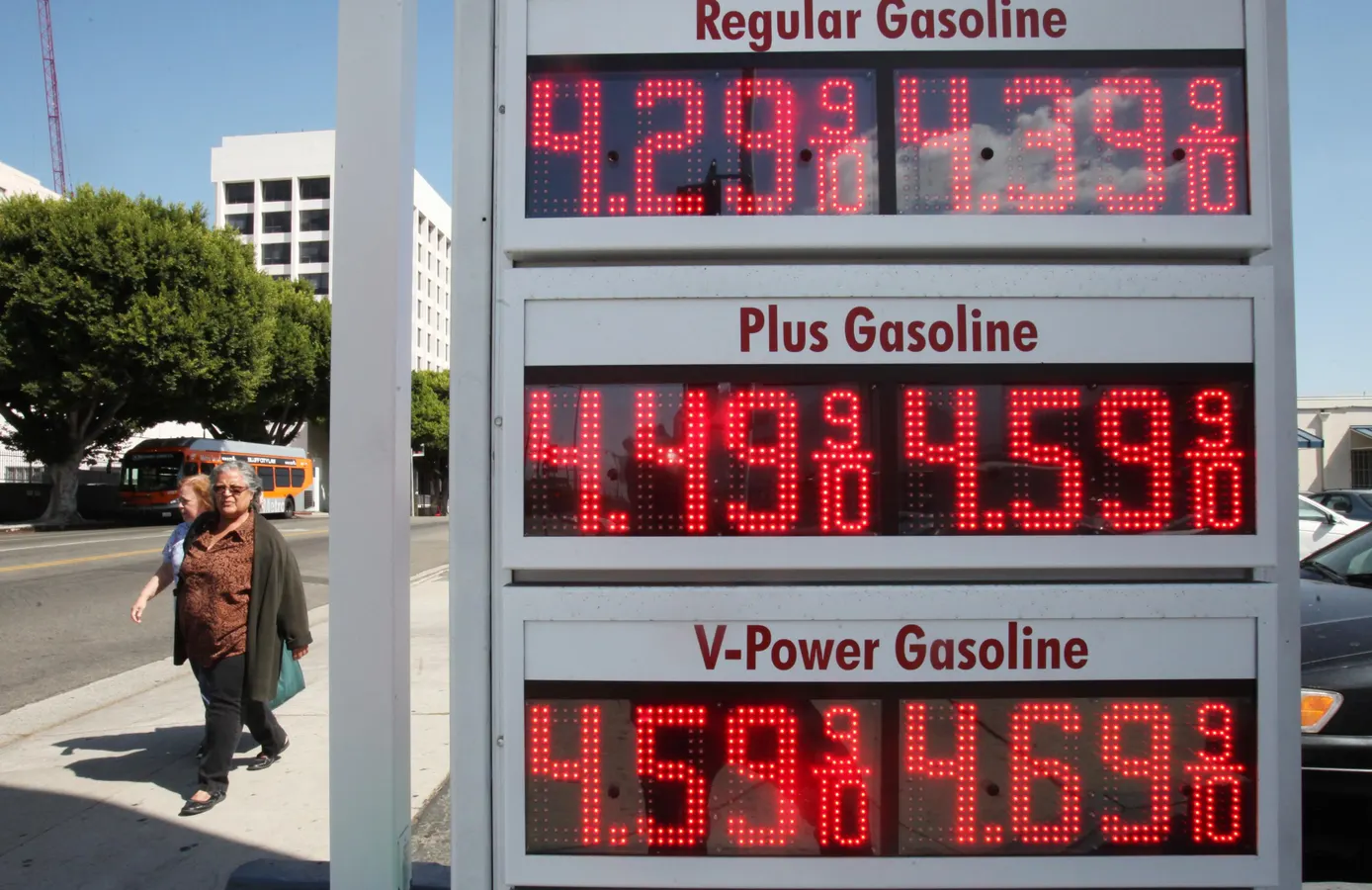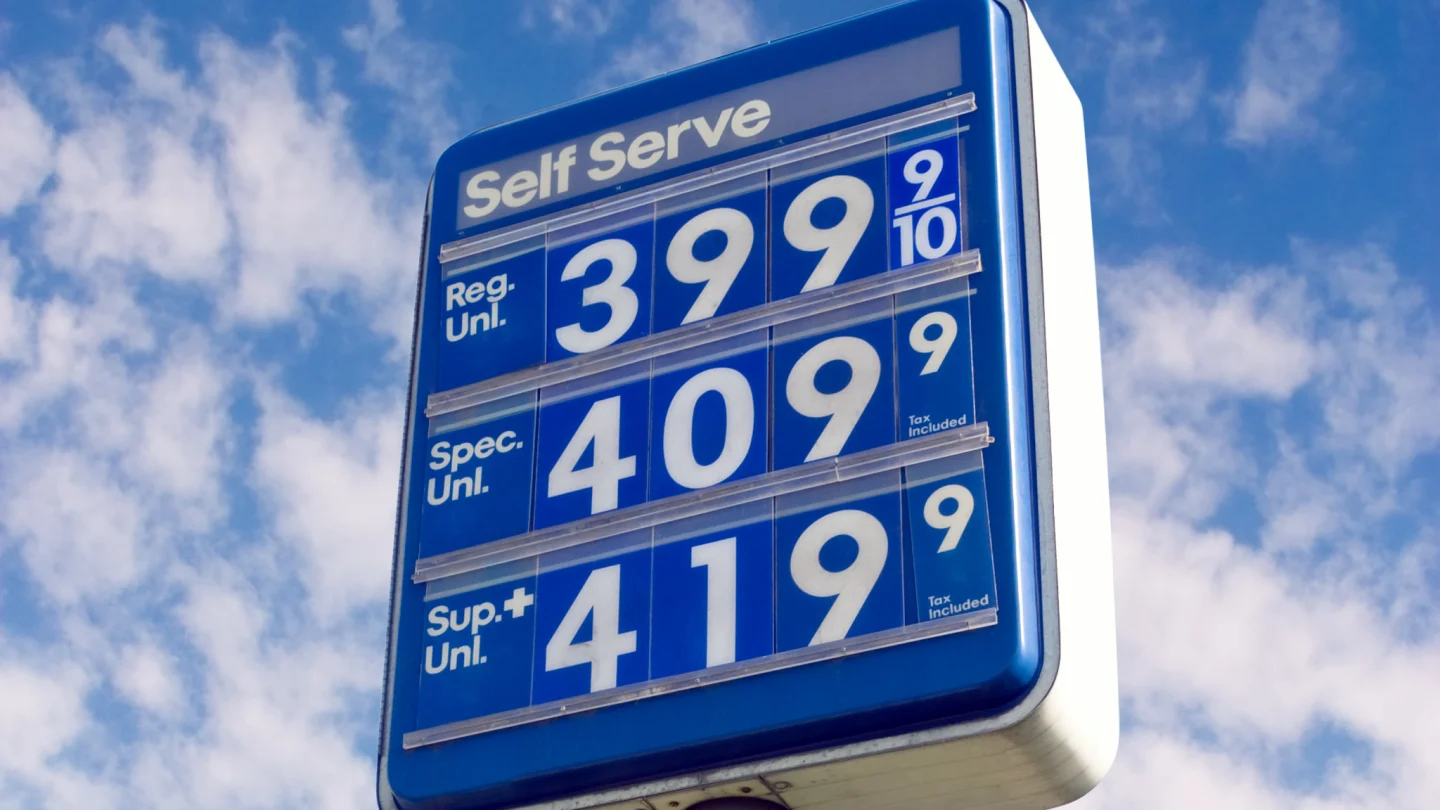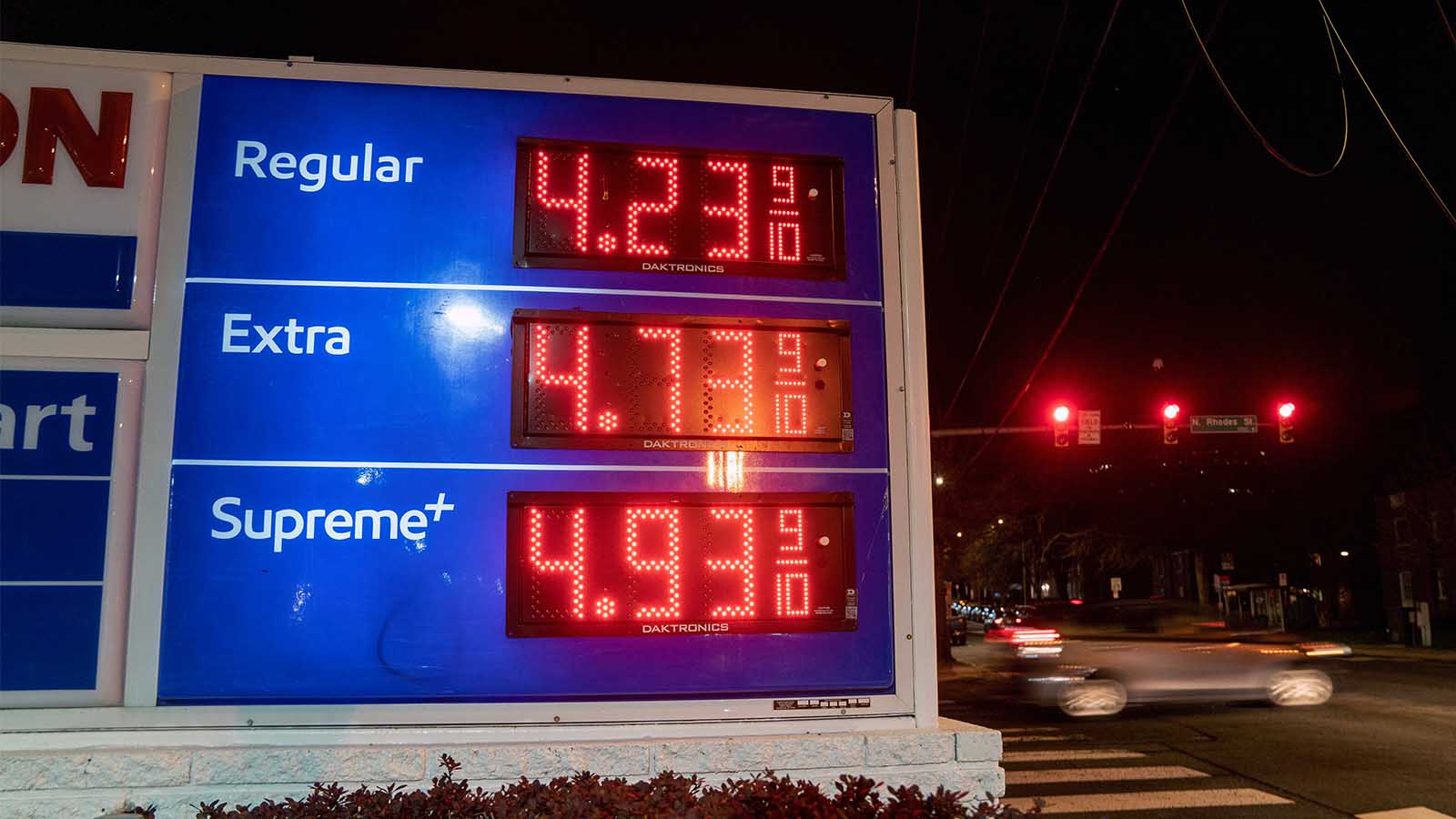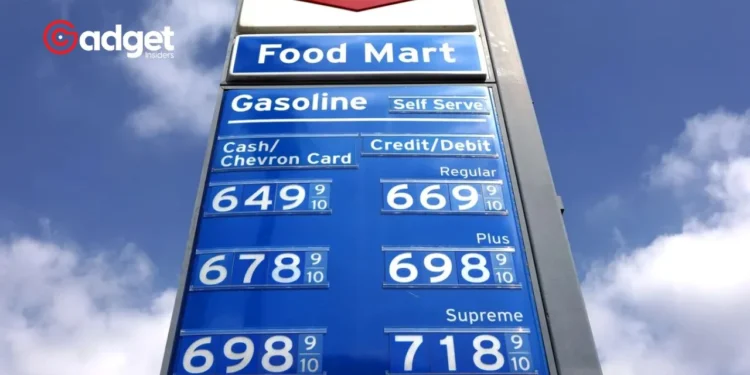Have you ever glanced at a gas station sign and found yourself puzzled by the tiny fraction tagged onto the gas price per gallon? While many motorists might dismiss this as a quirky relic, the truth behind these fractional figures reveals a deliberate strategy rooted in historical practices designed to influence consumer behavior subtly.
In the early 20th century, as the automobile began reshaping American society, the government introduced sales taxes on gasoline to fund the burgeoning highway infrastructure. Back in 1913, a single cent had much more purchasing power, roughly equivalent to 32 cents today.
At that time, gas prices were about 10 cents per gallon, so even a small increase of one cent represented a significant 10% hike in gas price. This pricing approach became crucial during the Great Depression, a period that strained many American families financially.
To soften the impact on consumers, gas stations began incorporating fractional pricing into their rates, a method that has persisted into the modern era.

The Psychology Behind Gas Prices: The 9/10 Cent Trick Exposed
By the 1950s, as gas stations nationwide started to advertise their gas prices prominently on large signs, the practice of ending Gas prices with a fraction—specifically 9/10 of a cent—became commonplace.
This approach aligns with the marketing strategy known as “just-below pricing,” a concept Robert Schindler, a professor of marketing at the Rutgers School of Business-Camden, sheds light on. According to Schindler, “To consumers, a price such as 19.9 cents feels substantially lower than the price of 20 cents.”
This pricing technique plays on consumer perception, making the cost seem less when, in reality, it is almost the same.
The reason gas prices end in fractions https://t.co/uEmA5mcmk0
— Quartz (@qz) April 13, 2024
Interestingly, the state of Iowa once challenged this pricing tactic by outlawing fractional gasoline pricing in 1985, only to reverse the ban four years later after most gas stations reverted to using the fractional model.
This experiment highlighted the economic impact of such pricing strategies, with one California gas station owner reporting a loss of approximately $23 per day when he removed the fraction and rounded down his prices.

The Financial Impact of Fractional Pricing
The use of fractional cents in gas pricing might seem insignificant at first glance, but the accumulation of these fractions across the nation adds up to a substantial amount. Reports suggest that the extra 9/10 of a cent on each gallon of gas sold can total up to half a billion dollars annually.
This significant sum underscores the effectiveness of fractional pricing in boosting revenues without most consumers even noticing the difference.
For gas station owners, the fractional cent is a welcome addition to their revenue streams, making the practice an economically rational choice, despite the annoyance it may cause among consumers who are increasingly wary of feeling “nickeled and dimed.”

A Fraction That Adds Up
The persistence of fractional pricing in the gas industry is a testament to the power of psychological pricing strategies that have evolved over decades. While it might be easy to overlook these tiny numbers, their impact on both consumer perception and business profitability is anything but negligible.
As we drive past the towering signs of gas stations, it’s worth giving that small fraction a second thought, recognizing it as a cleverly disguised lever of commerce rooted in a rich history of economic necessity and consumer psychology.










